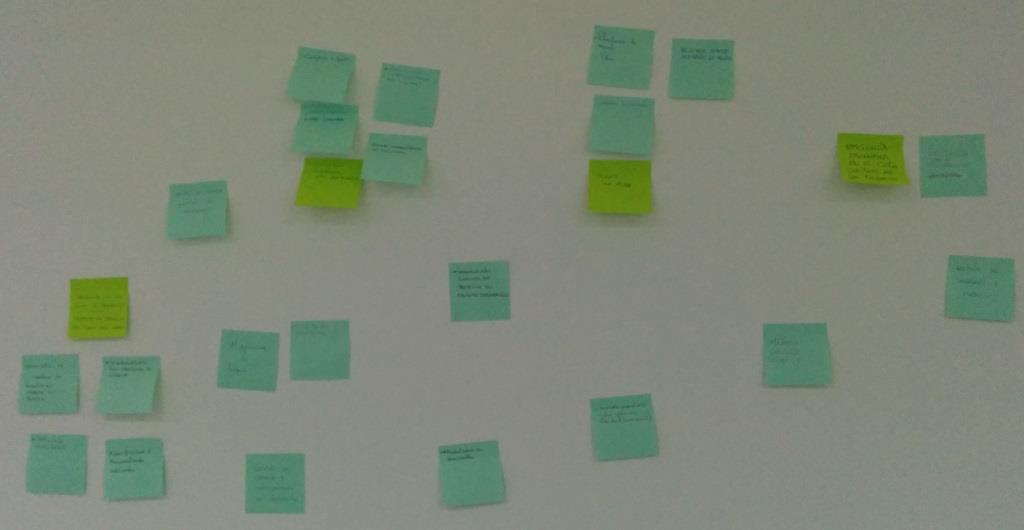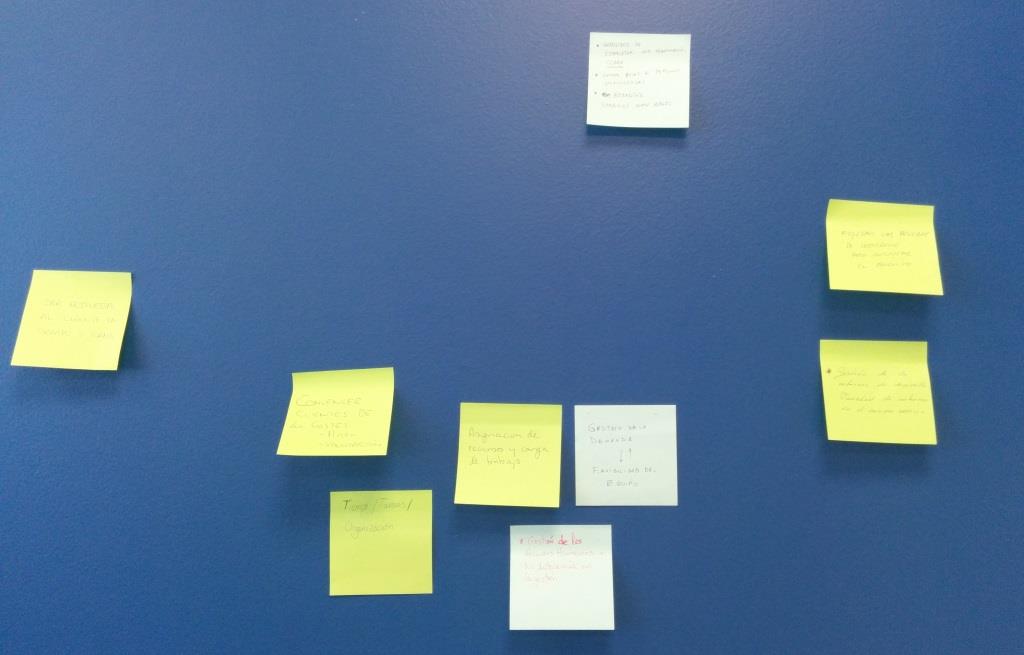Past week Kirk Botula, CMMI Institute CEO, announced that “a record number of appraisals was reached in 2013”.
Spain is the 4th country in the world in number of CMMI certifications, after United States, China, and India. We should expect lots of success stories communicated.
However, what I hear in my courses and in other meetings with companies that use model is that “processes have their proper life, parallel to the real work”, “people do not see value in applying the processes”, “extra hours have to be dedicated to prepare all the documentation needed for complying to the defined processes” etc.
The experiment
To find out the reasons for the misalignment between the expected and the actual opinion, I made the following experiment in my classes. In addition to asking the audience what they expected from the course, I also asked them about what kind of problems concerning their work they hope to resolve through the CMMI model practices.
The typical answers to “What are your expectations from the course?” question are
- Understand the CMMI concepts
- Know how to apply these concepts to my work
- Understand what we have to do to achieve a maturity level X.
While when asked “What problems in your everyday work do you expect to resolve by means of CMMI?” people usually respond
- Reduce time and effort for planning and re-planning
- Improve team’s capability to manage changing requirements and varying demand
- Improve the coordination between different functions and areas
- Manage resource assignments and work load
- Manage priorities, etc.
Here you can see a couple of photos with the answers to the latter question (in Spanish).


As you can see the answers depend on where one puts the focus of the question.
The same happens with the process improvement initiatives. If they are mainly focussed on filling in the gap between the initial state and the desired one, characterised by the practices in the corresponding process areas, some real problems remain unaddressed. This leads to the unpleasant conclusion that the introduction of the new/updated processes does not bring to the organization the value they are expected to – a problem which, in my opinion, does not lie in the model itself, but in the form it is implemented.
Solution through a new approach
Over the past two years, in order to demonstrate that our process improvement effort brings real benefits to the company, I have been trying a new approach. Its premises are as follows:
- Identify the real organization needs
- Select one or two of the most painful points to tackle.Unless explicitly wanted by the organization, avoid doing large scope initial appraisals (e.g. SCAMPI B). Once the first improvements are on place, the organization situation will be different and we will have to act according to the new circumstances, not the ones identified several months ago. In this way we save significant time and effort for making the appraisal, preparing the initial process improvement plan and the subsequent re-plannings.
- Focus the improvement actions on the selected problem.Use the CMMI practices as guidelines, not a must. Use practices from other methods to create the best solution for the organization. These could be Kanban, Lean, Lean Six Sigma, Theory Of Constraints (TOC), Agile methods.
- Work with the people that use the processes.
- Track the problem resolution and the model coverage
- Once resolved the current problem, go to 1
I have used this approach in two occasions already. Interestingly, one of the organizations evolved from “If we have to do Peer Review, we will not go to ML3” to “Peer reviews are very useful, we have to do more of them”.
As for the other organization, we identified the problems and they chose to resolve those that were allowing them to obtain improvements in both the development and the services area.
How to you see this approach?
Feel like giving it a try? Tell me about your situation and I will share my experience with you.
No involvement no success is about my experiences on how to carry out an improvement initiative focused on the real organization’s objectives and the benefits that can be obtained.



